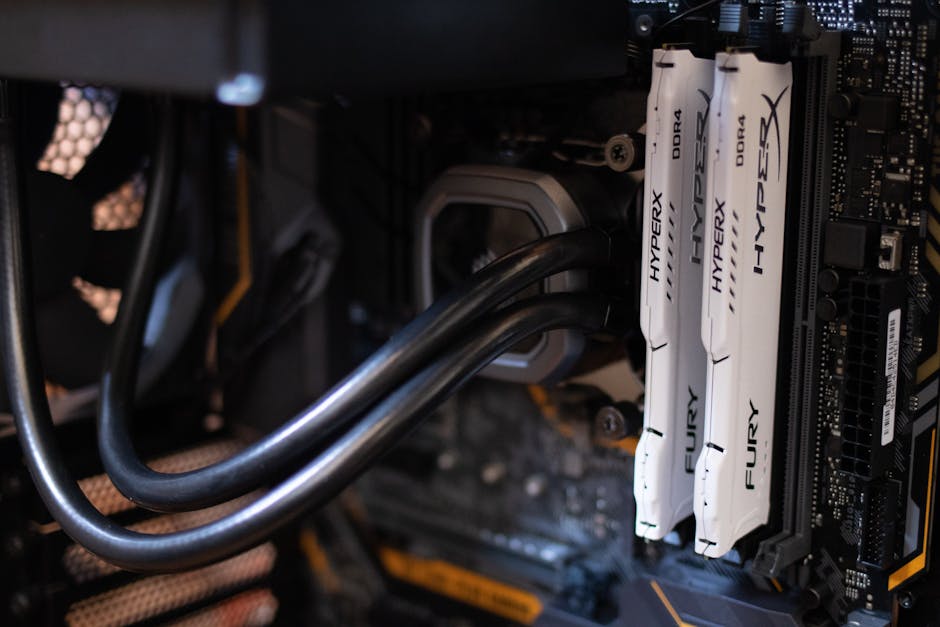Elevate Your Resume with the Digital Body Language of Visuals
In today’s competitive job market, standing out from the crowd requires more than merely listing your skills and experiences on a traditional resume. Enter the evolving world of the Digital Body Language Resume—a concept that utilizes design elements, color psychology, and innovative layout techniques to showcase your professional journey. A well-structured resume that harmonizes visual elements with textual information not only speaks to your qualifications but also tells a story about who you are as a professional. Are you ready to enhance your personal brand and express your professional identity through compelling visuals? Let’s dive into how to communicate your skills and experience using the art of design on your resume.
The Significance of Visual Communication in Resumes
Visual communication is impacting how information is perceived today. Research indicates that our brains process images faster than text, which means an appealing visual resume can catch the eye of potential employers quicker than traditional formats. In a digital-first job market, the ability to communicate non-verbal cues through layout and design has never been more critical.
Utilizing color schemes and structuring techniques can help you express professionalism while infusing personality into your resume. For instance, an aesthetically pleasing layout can evoke feelings of confidence and creativity, essential qualities in today’s work environment. However, it’s vital to maintain a balance—overwhelming visuals can distract from your key achievements and professional narrative.
According to a study published by the Harvard Business Review, candidates who presented visually engaging resumes received more interviews compared to those who submitted traditional formats. This underlines the importance of adopting the Digital Body Language framework to reshape how we approach resume design.
The Science of Color and Its Impact on Perception
When crafting a visually engaging resume, choosing the right color palette is crucial. Colors are not merely decorative; they evoke emotions and can enhance or detract from your personal brand. For instance:
- Blue: This color often conveys trust and reliability. It is suitable for roles in corporate or finance sectors.
- Green: Typically associated with growth and harmony, green is an excellent choice for roles in sustainability or healthcare.
- Red: This bold color communicates urgency and passion, suitable for roles requiring leadership and innovation.
- Yellow: Exuding warmth and optimism, yellow can be an asset in creative roles but use it sparingly to avoid overwhelming the viewer.
To dive deeper into the psychology behind colors in resume design, check out our post on the science of color. Understanding this can empower you to make informed decisions that resonate with potential employers.
Layout Techniques for Enhanced Readability
Successfully presenting your skills and experience lies in how you structure your resume. An effective layout not only improves readability but also guides the reader’s eye through your professional narrative. Here are some critical tips to consider:
1. Use Grids and Sections
Organizing your resume into distinct sections enhances clarity and flow. Employing a grid layout can create a visual harmony that makes it easy for recruiting managers to identify key components such as education, work experience, and skills.
2. Allocate White Space Intelligently

White space is a powerful design element. It prevents overcrowding, making your resume feel spacious and approachable. Adequate white space enhances focus on the text, allowing your key achievements to shine without distractions.
3. Choose Readable Fonts
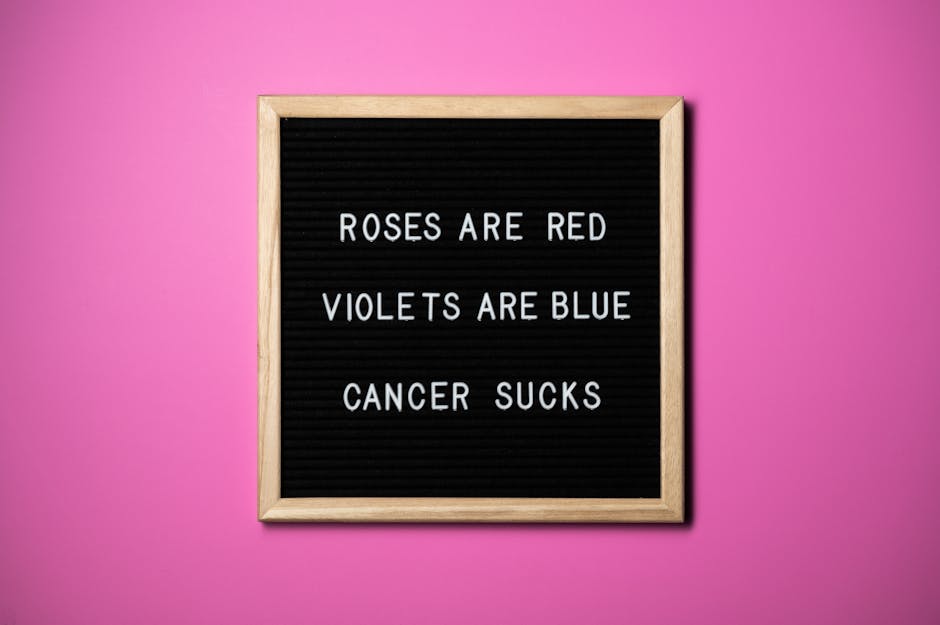
Fonts can significantly impact legibility. Opt for modern, sans-serif typefaces such as Arial or Calibri for the body text to ensure clarity. Use distinctive yet professional fonts for headings to create an engaging contrast—but beware of using too many different fonts, which can appear chaotic.
To explore more on how storytelling through design can transform your approach, take a look at our article on harnessing storytelling.
Balancing Text and Graphics
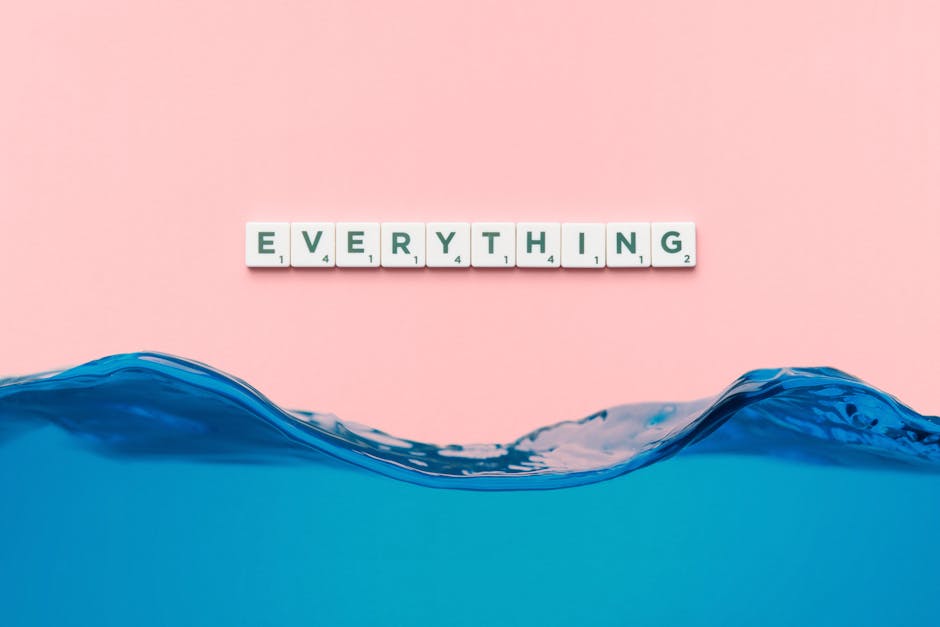
One of the most critical aspects of the Digital Body Language Resume is balancing text and graphics effectively. While visuals can enhance engagement, they should not overwhelm the reader. Here are practical tips to maintain that delicate balance:
1. Infographic Elements

Incorporating infographic elements such as bar graphs or timelines can visually summarize your experiences and achievements. For instance, a pie chart displaying skill proficiency or a timeline showing career progression can present complex information more digestibly.
2. Minimalist Icons

Using minimalist icons for key skills, contact information, or interests can succinctly convey important data while elevating overall design. Just ensure that these icons are simple and blend seamlessly with your resume’s aesthetic.
3. Consistent Visual Themes

Maintaining a coherent visual theme throughout your resume fosters brand unity. If you use graphical elements, ensure they are uniform in style and color scheme across all sections.
To further enrich your understanding of creating graphics-friendly resumes, check our insights on storyboarding your career journey.
Enhancing Personal Branding Through Design

Your resume is often a hiring manager’s first impression of you. Beyond listing experience and skills, it can subtly communicate your professional identity. Here’s how design reinforces personal branding:
1. Align with Workplace Culture

Researching the company’s culture can guide your design choices. If applying to a tech startup known for innovation, a modern, colorful resume might resonate well. In contrast, a conservative industry may necessitate a more traditional and straightforward approach.
2. Incorporate Personal Touches
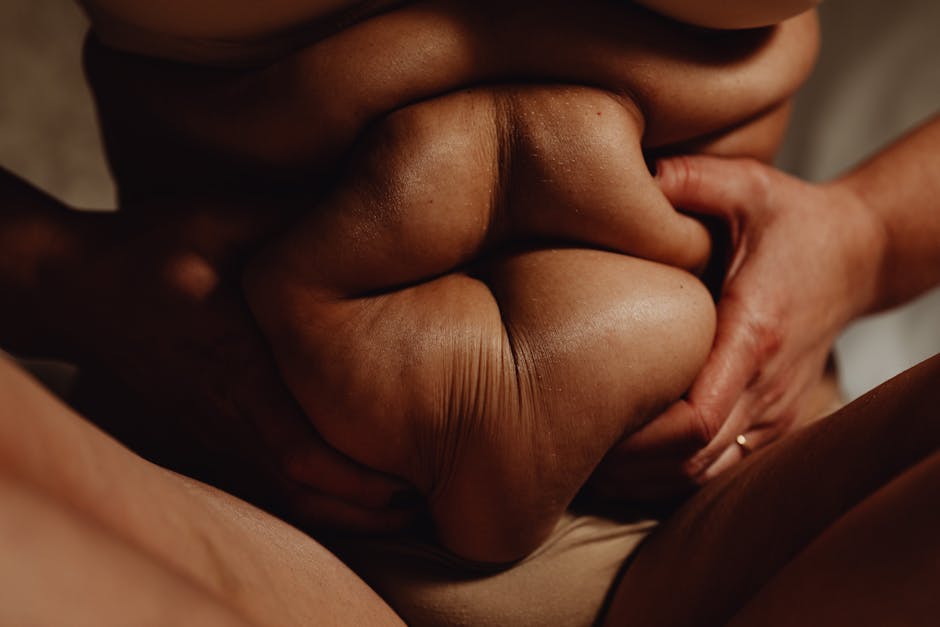
Include meaningful personal elements that resonate with your professional story, like volunteer work or projects that reflect your passions. Presenting them visually, such as with images or icons, can bolster engagement while demonstrating your unique persona.
3. Tailored Messaging

Meet the employer's expectations by aligning your resume’s design with the position’s requirements. Be wary of over-designing; the focus should remain on how your skills meet the job description.
Practical Tips for Crafting Visually Engaging Resumes

Let’s put theory into practice with actionable steps you can take right now:
1. Utilize Templates Wisely

Resources like Canva or Adobe Spark offer customizable resume templates that embrace modern aesthetics. Choose one that complements your style while ensuring adaptability to fill in your personal information.
2. Get Feedback on Your Design
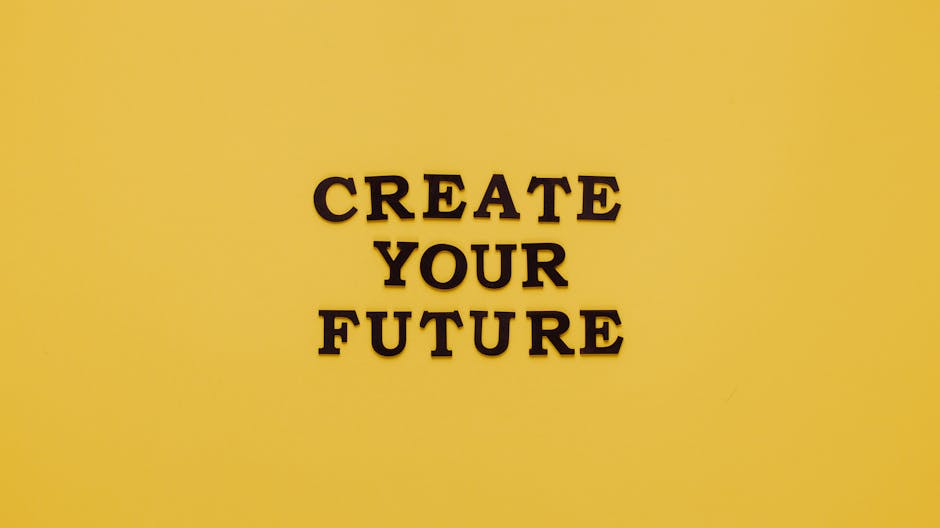
Show your resume to peers or mentors for insights before sending it out. Constructive criticism can unveil blind spots and enhance your visibility and impact.
3. A/B Test Different Designs
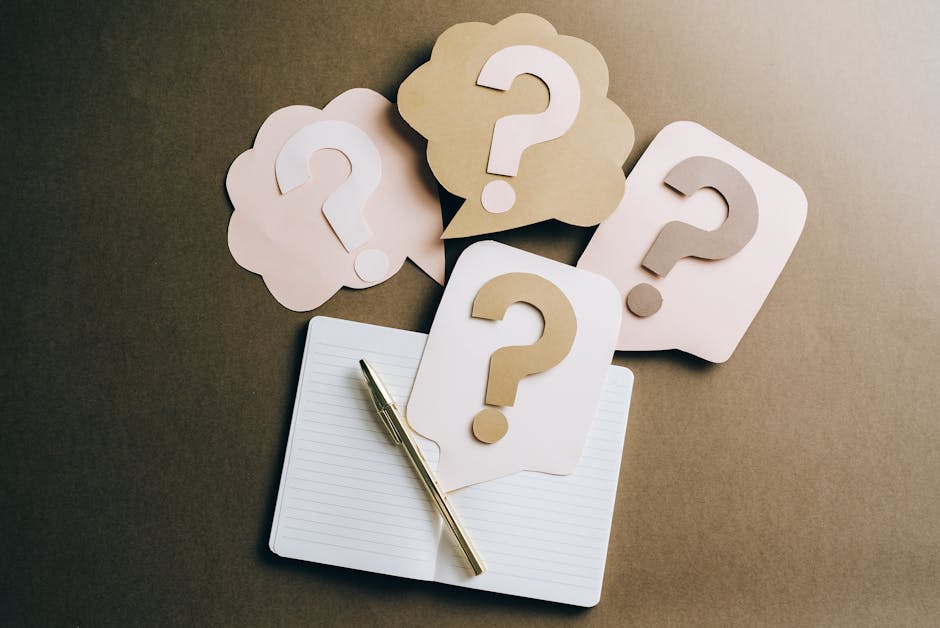
If you’re submitting your resume to multiple positions, try different designs for different applications. A/B testing helps you assess which designs yield better responses and refine your approach.
Final Thoughts

Adopting the Digital Body Language Resume as a strategic approach can effectively elevate your professional presentation. By creatively leveraging design elements, color psychology, and structured layout techniques, you can differentiate yourself in an increasingly digital and visually-oriented job market. Future-proof your applications by making conscious design choices that reflect your professional identity and resonate with potential employers.
If you're intrigued by further career guidance that enhances personal branding and communication through innovative strategies, be sure to explore our blog on color psychology in resumes and other insightful topics that bridge creativity and professionalism. Your next opportunity may just hinge on the visual narrative you present!






